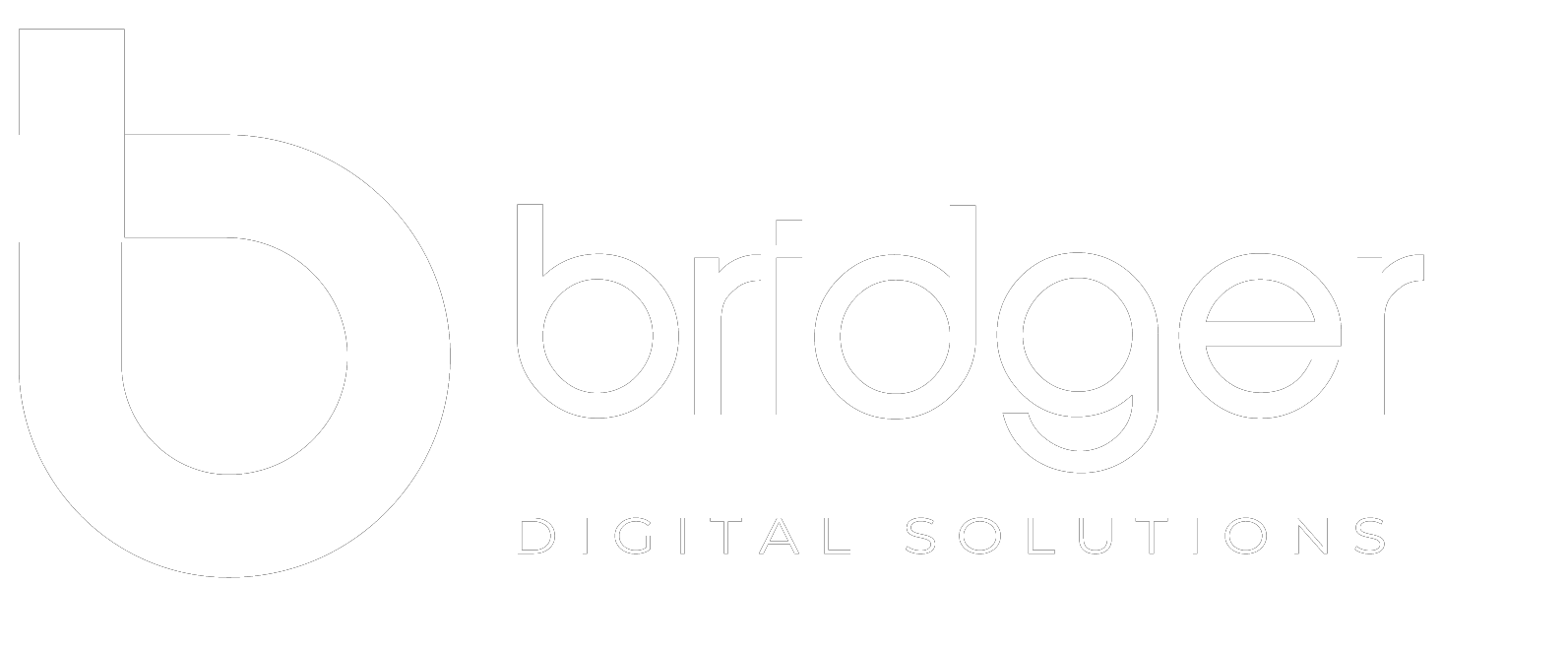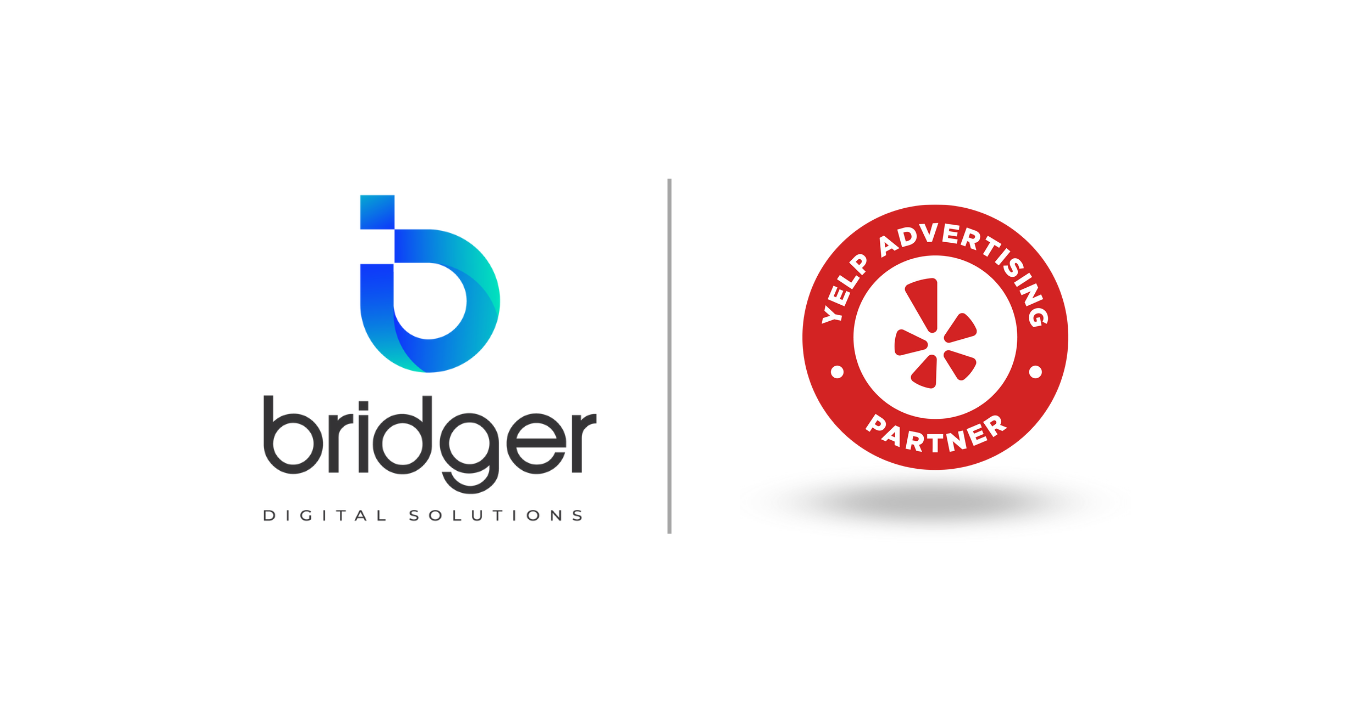6 Of the Best Digital Marketing Strategies to Use in 2023
As an aspiring digital marketer, familiarising yourself with the most impactful strategies in the industry is key to differentiating yourself and delivering tangible outcomes for your organization or client. This piece aims to showcase proven digital marketing tactics that various established corporations and brands employ.
The article covers the following:
- What is Digital Marketing Strategy
- Social Media Marketing
- Search Engine Optimization
- Email Marketing
- Search Engine Marketing
- Mobile First Marketing
- Content Marketing
What is Digital Marketing Strategy
A digital marketing strategy is a plan and tactics that help businesses to promote a brand, service, or product through digital channels, such as social media, search engines, email, and websites. The main objective of a digital marketing strategy is to reach a target audience through these digital channels and to engage with them in a meaningful way.
Advantages of using a Digital Marketing Strategy:
- Targeted audience reach: Digital marketing allows businesses to reach their target audience effectively through various targeting options such as demographics, interests, and behaviours.
- Cost-effective approach: Digital marketing is cost-effective compared to traditional marketing methods.
- Measurable results: Digital marketing provides measurable results in terms of website traffic, conversion rates, and engagement metrics, making it easier for businesses to track the success of their campaigns.
- Real-time adjustments: Digital marketing allows real-time adjustments to be made to campaigns, ensuring that campaigns are always optimized for maximum impact.
- Increased brand visibility: Digital marketing increases brand visibility, helping to build brand awareness and reach new customers.
Framework to use while developing a strategy:
There are a lot of applied Frameworks to develop Digital Marketing Strategy, including SOSTAC, RACE, McKinsey 7S etc. However, the main logics and concepts behind all defined frameworks are to understand the market, target goals and develop tactics to reach them.
- Conduct market research: Market research insights help to understand the company, competitors, target audience, and their needs.
- Define your goals: Start by defining your digital marketing goals, such as increasing website traffic, generating leads, or building brand awareness.
- Develop a digital marketing plan: Develop a comprehensive digital marketing plan that outlines your strategy, timeline, tactics, resources allocation and budget.
- Develop Value Proposition: Create and propose a valuable product that meets customers' needs.
- Use multiple digital channels: Utilize multiple digital channels, such as Google Ads, Yelp, SEO, Social Media Marketing, and Email Campaigns to reach your target audience.
- Measure and evaluate: Regularly measure and evaluate the results of your digital marketing campaigns and make data-driven decisions to optimize your strategy.
- Adjust and refine: Continuously adjust and refine your digital marketing strategy based on the results of your campaigns and changing market conditions.
Next, we'll look at some successful digital marketing strategies utilizing different forms of digital marketing.
Nowadays, digital marketing has become a crucial component of any marketing strategy. It enables companies to efficiently reach their target market, interact with customers, and assess the outcomes of their marketing efforts. With the rise of digital technologies, digital marketing has become a rapidly evolving field, and staying ahead of the curve requires keeping up with the latest trends and strategies.
Six of the best digital marketing strategies in 2023.
1. Social Media as a Marketing Strategy
Social media usage is among the most popular online activities. According to Statista, over 4.26 billion people were using social media worldwide in 2021, and this is projected to increase to almost 6 billion in 2027. With such a large audience available, businesses need to develop a social media marketing strategy that considers their target audience's specific needs and behaviours. The use of social media platforms, such as Facebook, Twitter, Instagram, and LinkedIn, has become widespread, and businesses are leveraging these platforms to connect with their customers, build brand awareness, and drive sales.
Some benefits of using social media in digital marketing strategy:
- Increased brand visibility and awareness: Social media marketing helps increase brand visibility and awareness by amplifying your message and reaching a wider audience through various platforms and targeting options.
- Improved customer engagement and loyalty: Social media marketing improves customer engagement and loyalty by creating a two-way communication channel that allows businesses to interact directly with their audience and build relationships through personalized content and experiences.
- Improved customer insights and feedback: Social media marketing provides improved customer insights and feedback by enabling businesses to gather real-time data and sentiment analysis from their target audience, helping inform product development, marketing strategies, and customer service efforts.
2. Search Engine Optimization (SEO) as a Marketing Strategy
Search Engine Optimisation (SEO) is optimizing a website to rank higher on Google - Search Engine Results Pages (SERPs). SEO is a crucial aspect of digital marketing as it helps businesses to drive organic traffic to their website. With the right SEO strategy, businesses can increase their visibility, reach new customers, and improve their online reputation.
In 2022, organic traffic reached 53%, with paid providing for approximately 15%. For B2B companies, over 75% of their traffic comes from organic and paid searches.
Here are the benefits of using SEO as part of the overall Marketing Strategy:
- Increased visibility and traffic: Properly optimized websites rank higher on search engines, making them more visible to potential customers. It leads to increased website traffic and potentially higher conversions.
- Cost-effective marketing: SEO is a cost-effective form of marketing compared to traditional advertising methods like TV or print advertising.
- Improved user experience: Good SEO practices can improve the overall user experience of a website, making it easier for users to find the information they need and navigate the site.
- Long-term results: SEO efforts can have long-term benefits as opposed to short-term advertising campaigns, as the improved search engine rankings and increased website traffic will continue to provide benefits even after the initial efforts have been made.
3. Search Engine Marketing (SEM) as a Marketing Strategy
Search Engine Marketing (SEM) is a form of digital marketing that involves the promotion of websites by increasing their visibility in search engine results pages (SERPs) through paid advertising like Google Search Ads. SEM allows businesses to reach their target audience quickly and effectively, driving more traffic and sales to their website. With the right SEM strategy, businesses can increase their online visibility, reach new customers, and improve their ROI.
Here are the benefits of using Search Engine Marketing (SEM) as a part of the overall Marketing Strategy:
- Increased visibility: SEM campaigns can help businesses increase their online visibility by ranking higher on search engine results pages, making it easier for potential customers to find them.
- Targeted audience: SEM allows businesses to target specific demographics, such as age, location, and interests, ensuring that their ads reach the right people.
- Measurable results: SEM provides businesses with tangible, measurable results in real-time, making it easier to track the success of their campaigns and make data-driven decisions.
Cost-effective: Compared to traditional advertising methods, SEM can be more cost-effective, as businesses only pay for their ads when someone clicks on them, reducing waste and increasing return on investment.
4. Email Campaigns as a Marketing Strategy
Email marketing is a cost-effective and efficient way of reaching customers and driving sales. Email marketing allows businesses to send targeted and personalized messages to their subscribers, keeping them engaged and informed about new products, promotions, and events. With the right email marketing strategy, businesses can improve customer relationships, increase conversions, and build brand loyalty.
The numbers show that the average email open rate was 2.3% across all industries in 2021. The industries with the highest click-through rates were Education, Real Estate, and Agriculture, with 3-5%.
Here are a few ways to use email marketing as part of your overall digital marketing strategy:
- Building relationships: By sending personalized, relevant and valuable content to your subscribers, you can build trust and establish a relationship with them.
- Driving traffic to your website: You can use email to drive traffic by including links to blog posts, landing pages, or other content.
- Generating leads: By including calls to action in your emails, you can encourage subscribers to take specific actions, such as downloading an e-book or signing up for a webinar.
- Improving conversion rates: By segmenting your email list and sending targeted, personalized emails to each segment, you can increase the chances of a successful conversion.
5. Mobile First Approach as a Marketing Strategy
Mobile-first marketing has become a crucial aspect of digital marketing with the increasing use of smartphones and other mobile devices. This strategy focuses on delivering an optimized mobile experience for users, taking into account the specific needs and behaviours of mobile users. By developing a mobile-first strategy (mobile-friendly content), businesses can improve customer engagement, increase conversions, and reach a larger audience.
According to a recent study, mobile devices account for more than half of all internet traffic globally. In the USA, it is almost 80% of users come from mobile devices.
Benefits of using mobile-first marketing as a part of the overall marketing strategy:
- Increased mobile user volume: With the increasing number of people accessing the internet through mobile devices, a mobile-first marketing strategy allows businesses to reach a larger audience and capitalize on this growing trend.
- Improved user experience (UX): A mobile-first approach prioritizes designing for smaller screens and touch-based interfaces, resulting in a more streamlined and user-friendly experience for mobile users.
- Increased engagement: A mobile-first marketing strategy can increase engagement by providing users with relevant and easily accessible information.
- Improved search engine ranking: As search engines prioritize mobile-friendly websites in their results, a mobile-first approach can help improve a business's search engine ranking and drive more organic traffic to their site.
6. Content Marketing as a Marketing Strategy
Content marketing is a form of digital marketing that involves creating and sharing valuable, relevant, and consistent content to attract and retain a clearly defined audience. This strategy allows businesses to establish themselves as thought leaders in their industry and build brand awareness and loyalty. With the right content marketing strategy, businesses can improve customer engagement, increase conversions, and reach a larger audience.
According to a recent study, content marketing costs 62% less than traditional marketing and generates three times as many leads.
Here are the benefits of using content marketing as a part of the overall marketing strategy:
- Improved customer engagement: Content marketing provides valuable and relevant information to potential customers, helping to build trust and engage them with a brand.
- Increased website traffic: Consistent and high-quality content can drive traffic to a website, increasing its visibility and reach.
- Cost-effective: Compared to traditional forms of advertising, content marketing is a more cost-effective way to reach and engage with potential customers, as it relies on creating and sharing valuable information rather than interruptive ads.
- Enhanced brand credibility: By providing helpful and informative content, businesses can establish themselves as thought leaders in their industry, enhancing their credibility and reputation. It can lead to increased brand loyalty and customer acquisition.
In conclusion, these seven digital marketing strategies are essential for businesses looking to reach their target audience effectively and drive sales in 2023. By leveraging the benefits of each strategy, businesses can improve their customer engagement, increase conversions, and reach a larger audience. Whether through social media marketing, SEO, email marketing, SEM, mobile-first marketing, influencer marketing, or content marketing, businesses must develop a comprehensive digital marketing plan that considers their target audience's specific needs and behaviours.




